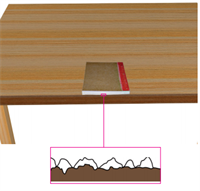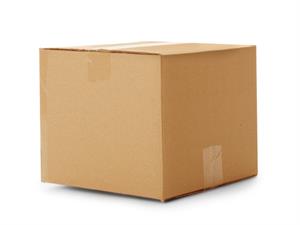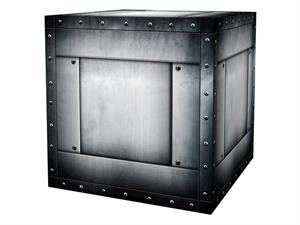
PUMPA - SMART LEARNING
எங்கள் ஆசிரியர்களுடன் 1-ஆன்-1 ஆலோசனை நேரத்தைப் பெறுங்கள். டாப்பர் ஆவதற்கு நாங்கள் பயிற்சி அளிப்போம்
Book Free DemoWe have learned what friction is and the various factors affecting friction. Now, let us discuss the cause of friction.
Cause of friction:
- Friction is caused by the irregularities that are present between the two surfaces in contact.
- Even though some surfaces that appear very smooth have a huge number of minute irregularities on them, the irregularities that present between the two surfaces lock into one another.
- When we attempt to move any object's surface, we have to apply a force to break the interlocking.
- On rough surfaces, there are a larger number of irregularities, so the force of friction is greater. Whereas on a smooth surface, the force of friction is less.

The above image shows a smooth surface. Even though it looks smooth, it has minute irregularities over it.
We studied that friction is caused by the interlocking of irregularities in the two surfaces. The force of friction will increase if the two surfaces are tightly pressed. You can experience it by dragging a mat when no one is sitting on it and when a person is sitting on it.
Let us consider one more example, moving a heavy box and a lighter box. A heavy box has a strong interlocking with the surface, so we need to apply more force to overcome friction. Whereas, a lightbox interlocking pattern will be weak, so that with a less force we can move the object.
 |  |
| It is easy to move cardboard boxes because the interlocking of irregularities will be less. | It is hard to move heavy metal boxes because the interlocking of irregularities will be more. |
What is more comfortable? To move a box from rest or to move it when it is already in motion?
The force required to overcome friction when an object starts moving from rest is a measure of static friction. On the other hand, the force needed to keep the object moving at the same speed is a measure of sliding friction. When the box starts sliding, the contact points on its surface do not get enough time to lock into the floor's contact points. Therefore, the sliding friction is slightly smaller than the static friction. You find it somewhat easier to move the box already in motion than the one in a static position.